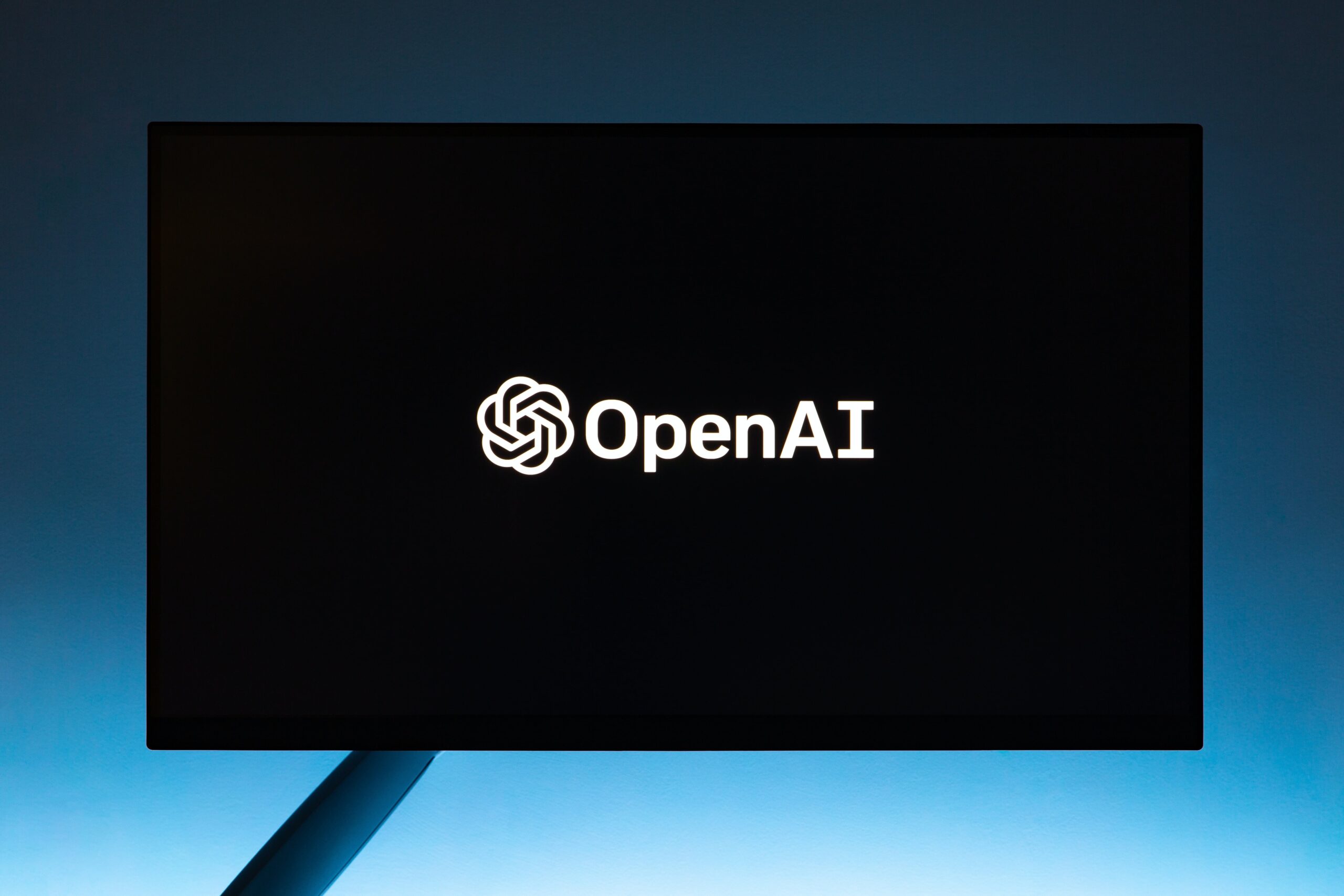Best front end languages in 2024: Front end Development is the face of the Web, responsible for creating attractive and interactive user interfaces in view. It’s important to choose the right front end development language to prepare attractive websites. Here are some of the best front end languages for web development that empower the front end area.
Front end development languages:
- HTML (HyperText Markup Language)
- CSS (Cascading Style Sheets)
- JavaScript
- TypeScript
- React Js
- Angular Js
- Vue Js
1. HTML
In the front end development language, HTML stands in the basic web development front end languages that structure the digital landscape we navigate daily. For Hypertext Markup Language, HTML acts as the foundation stone on which the web is built, defining the fundamental structure of a web page.
Building Blocks of the Web:
- HTML is the front end development language that defines the skeleton structure of web content. It employs a simple but powerful system of tags and elements, which allows developers to organize text, images, links and other multimedia components into an integrated layout.
Words and Organizations:
- The development of HTML, especially with the introduction of HTML5, emphasizes meaning-related elements. These elements add reference and meaning to the content, promote better access, search engine optimization & clean code structure.
Enabling Accessibility and SEO:
- Symetic HTML elements such as <header>, <nav>, <main>, <section>, <article>, <aside> & <footer> supporting technologies provide clarity and access to which improves the overall user experience. Additionally, search engine sequencing & ranking well structured, favorable HTML.
Multimedia integration:
- Beyond Text, HTML5 expanded HTML’s capabilities by incorporating original support to embed audio, video & graphical content using <audio>, <video> & <canvas> tags enriching the web page experience.
You can also read: Good Programming Languages to Learn
2. CSS (Cascading Style Sheets)
In the field of languages for front end development, CSS (Cascading Style Sheets) stands as an inevitable front end development language, which holds the power to convert raw HTML structures to visible and user-friendly web experiences.
Structural Brilliance:
- While HTML holds the foundation, CSS blows life into it. It composes materials, enhances readability, and creates visual hierarchy, ensuring uninterrupted navigation and an integrated user experience in all devices.
Responsive Design Wizardry:
- In the era of multiple device use, responsive web design has become paramount. CSS plays an important role in preparing layouts that are easily customized for various screen sizes, making sure the websites look errorless on desktop, tablets & smartphones.
Animation and Interaction Anabular:
- Beyond aesthetics, there is a playground for CSS animations & interactivity. With CSS animations & transitions, developers can put life into stable elements by making attractive & dynamic users interactions without relying on heavy JS (JavaScript).
SASS and less:
- CSS Preprocessors such as SASS (Syntactically Awesome Stylesheet) and LASS (Leaner Style Sheets) expand CSS functionality by offering variable, mixin, nesting and much more. These tools code enhance organization, and maintenance and facilitate building scalable & modular stylesheets.
Rise of CSS Framework:
- Frameworks like Bootstrap & Telwind CSS provide pre designed components & utility class, accelerate development and ensure stability in design & layout in projects.
3. JavaScript
In the field of best front end languages for web dvelopment, JavaScript stands as the best programming front end development language that power the dynamic & interactive elements of modern websites. As front end development language, JavaScript plays a key role in shaping user experiences and running innovation in digital landscape.
Versatility and omnivority:
- Its versatility spans beyond the front end development – JavaScript has also found its position in back-end development (Node JS), mobile Appication Development (React Native) and even game development. Its omnipality in different domains tells a lot about its adaptability & strength.
DOM Manipulation Powerhouse:
- One of JavaScript’s defined characteristics is its ability to manipulate a document object model (DOM), which allows developers to dynamically transform web page content & structure. This capacity lies in the core of creating a seamless, interactive users experience.
Rich Ecosystem & Frameworks:
- JavaScript (JS) boasts a wide ecosystem with many frameworks and libraries such as React, Angular & Vue.js, which simplifies front end development. These frameworks streamline development, offer reusable components & promoting best practices, thereby developers are able to create scalable & skilled web applications.
Async Programming & Performance:
- With its asynchronous nature, JavaScript (JS) handles operations without blocking the execution of other code. This feature together facilitates responsive web pages by handling multiple tasks, enhancing overall performance & user experience.
4. TypeScript
In the area of languages for front end development, TypeScript has emerged as a powerful and demanding front end development language, offering a strong alternative to traditional JavaScript. With its growing popularity, TypeScript is changing the web development scenario, empowering developers with advanced capabilities & efficiency.
What is TypeScript?
Typescript, developed by Microsoft, is an open-source programming web development front end language that is built on JavaScript by adding static typeing. It provides developers with alternative static types of checks during development, enabling them to detect errors from compilation time instead of runtime, thereby increasing code reliability & developer productivity.
Advantages of Typescript in Web Development:
- Type Security: It enables developers to define types for variables, functions & objects. This facility ensures prompt detection of errors, improves code quality & facilitates easy maintenance of mass projects.
- Advanced IDE support: Typescript provides better support for modern integrated development environment (IDE), which provides intelligent code perfection, navigation and refactoring tools. It helps in faster development and more streamlined coding experience.
- Readability & Maintenance: Introduction of types makes the code more readable & self-document. It not only improves the understanding of the code, but also helps new developers understand the codebase more efficiently, promote better cooperation & maintenance.
- Compatibility with JavaScript: It is a superset of JavaScript, which allows developers to gradually adopt TypeScript facilities in existing JavaScript projects. This flexibility facilitates a smooth change without the need for full rewriting.
- Strong ecosystems & tooling: Supported by a vibrant community & rich ecosystem of libraries & frameworks, Typescript originally integrates with popular frameworks like React, Angular & Vue.js, thereby increasing their capabilities.
- Scalability & Performance: TypeScript’s type of system helps to catch potential issues quickly in the development phase, contributing to better scalability & customized performance of applications.
5. React Js
In the best front end languages, React.js has emerged as a transformative power, redefining the imagination & creation of our user interface. Developed & maintained by Facebook, React.js is an open-source JavaScript library designed for building fast, scalable & interactive user interfaces, especially in single-page applications where comfortable user experiences are paramount.
Declarative and Component based:
- One of the react’s defined characteristics is its declarative syntax. Developers describe what the UI should look like, and render efficiently updates and presents the components as the react data changing. This declarative approach increases readability & simplifies the debugging process.
Reusable Components:
- React Js promoting a modular approach using reusable components. Each component covers a specific piece of functionality, allowing developers to create complex UI by combining small parts. It not only streamlines development but also promotes code reusability & maintenance.
Virtual Dome for efficient rendering:
- React’s virtual dom performance is game changer for customization. By making a light virtual representation of the actual DOM, the reaction reduces direct manipulation, which updates rapidly & improves application performance. This results in an intuitive user experience, especially in dynamic and real-time content applications.
JSX: Mix of JavaScript and HTML:
- React.js offers JSX, a syntax extension that allows developers to write an HTML element in their JavaScript code. Although it may seem unconventional at first, JSX offers the construction of a dynamic & interactive UI by mixing JavaScript’s power with HTML’s structure.
6. Angular Js
AngularJS is one of the numerous front end development language that shape modern web development scenario. A comprehensive JavaScript framework, Google maintains a strong platform for building dynamic & interactive web applications.
Power of two-way data binding:
- At its core, Angular.js introduces the concept of two way data binding, which enables intuitive synchronization between models & scene. Any change in the model is immediately reflected in the view, simplifies development & enhances customer experience.
Modular and MVC Architecture:
- Angular.js adopts a modular approach, breaking applications into different modules that promoting maintenance & scalability. Its model view controller (MVC) separates architecture concerns, allowing developers to manage data, presentation & application logic efficiently.
Instructions for advanced functionality:
- One of the defined characteristics, instructions of Angular.js, gives developers the right to create custom HTML elements, features, or CSS classes. These instructions feature reusable components, expand the functionality of HTML & increase the code readability.
Dependency Injection:
- Built-in dependency of Angular.js streamlines application development by managing injection dependencies & promoting reusable code. This approach simplifies the test & ensures clean, more modular code.

7. Vue Js
In the world of languages for front end development constantly, Vue.js appears as a progressive & versatile JavaScript (JS) framework. Vue.js launched in 2014 has gained rapid popularity among developers due to its simplicity, flexibility & strong facilities.
Simplicity meets with power:
- Vue.js creates an ideal balance between simplicity & power. Its intuitive learning state makes it accessible for beginners, yet strong enough to handle complex single page application and complex user interfaces.
Reactive and component-based:
- At its core, Vue.js adopts a reactive and component-based architecture. Its reactivity system ensures real-time updates, in which the changes in data are immediately reflected in the UI, which provides a seamless & dynamic user experience.
Light & Performance-Oriented:
- One of Vue Js notable features is its compact size. With its small footprint, it offers extraordinary performance, quick rendering & efficient use of resources, making it ideal for building fast and responsive web app.
Modular & Flexible:
- Vue JS adopts a modular approach, from which developers can integrate it easily into existing projects. Whether used as a standalone library for specific components or employed for full-level applications, Vue JS provides adaptability & ease of integration.
Wide ecosystems & equipment:
- Supported by a vibrant community, Vue.js claims a rich ecosystem of libraries, instruments, and extensions. Vue CLI, Vuex for state management, Vue router for routing & Vue DevTools are some of the strong tools that enhance the development experience.
Progressive classification:
- Vue.js provides progressive adoption facility, from which developers are able to incorporate it into projects slowly. It integrates easily with the existing codebase, giving developers avail the Vue.js features without rewriting the entire app.
Increasing popularity and support:
- As Vue JS gains popularity, it receives constant updates, improvements & extensive support from its community. Its active development & regular update ensure stability & security.
Conclusion on best front end languages | web development front end languages:
Front end development scenario is constantly developing, and in these best front end development languages or popular front end languages efficiency developers enable them to create comfortable, interactive and visiblely attractive user experiences on the web.
Each of these web development front end languages and frameworks brings its unique strength in modern web development, meeting various developer priorities, project requirements and scalability requirements.














